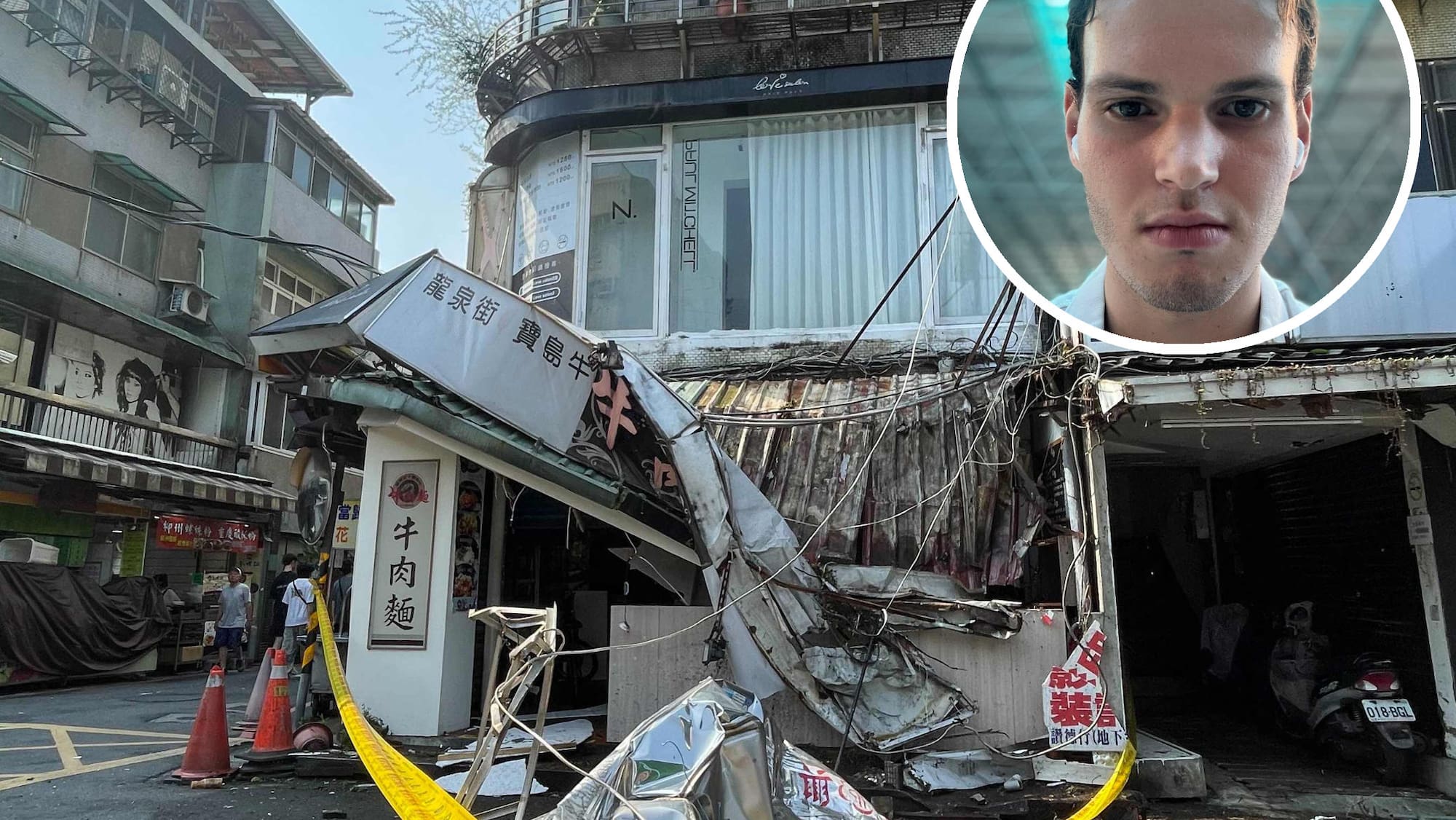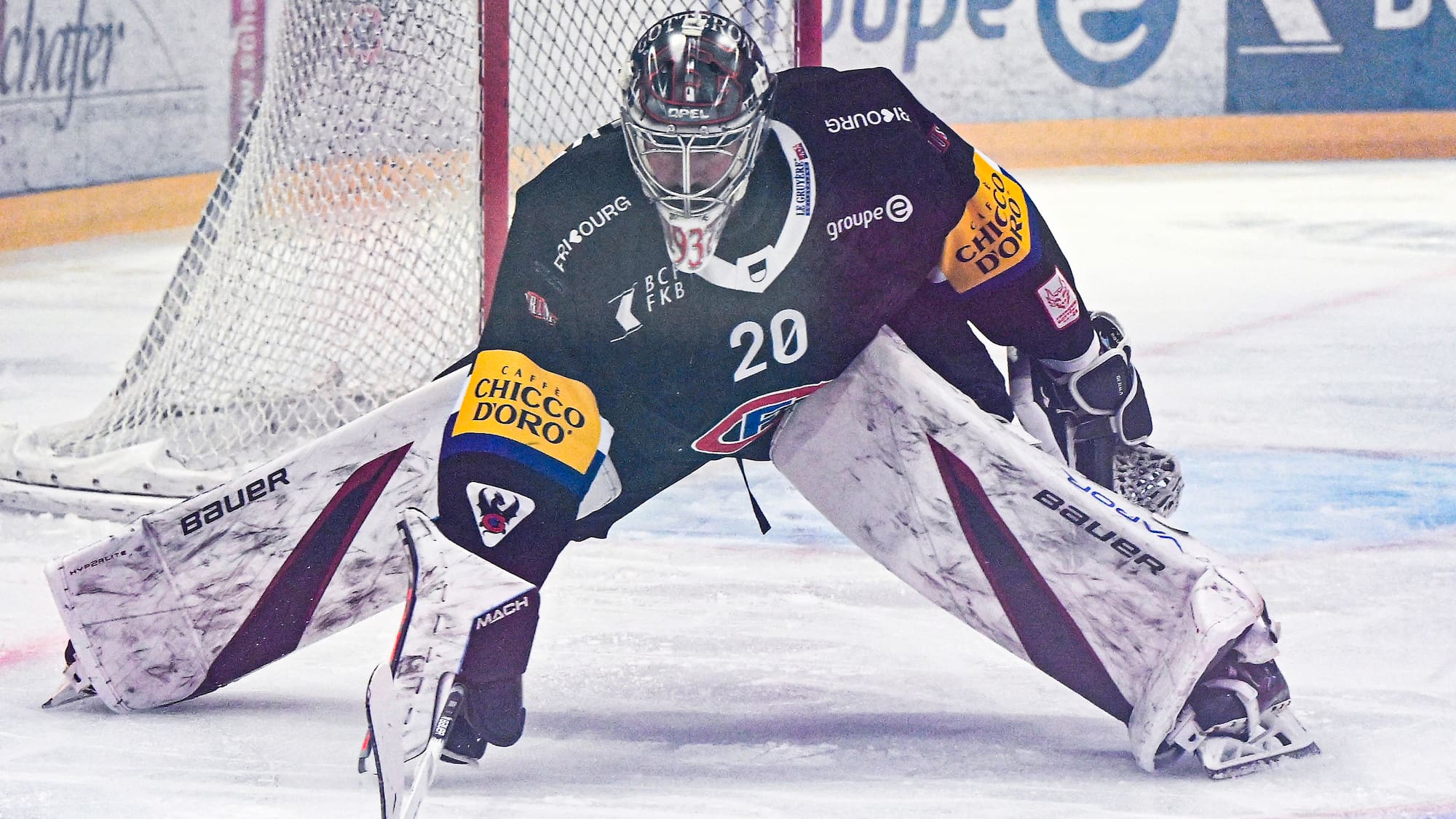
Cardinal Matteo Zuppi CASILLI ROWING | Reuters
Matteo Zuppi participated in resolving conflicts in Mozambique, Burundi or Guatemala
cardinal Matteo Zuppi it arrived this Monday in Kiev sent pope Franciswho for the historic mission of achieving peace in Ukraine chose a man who mediated the resolution of conflicts in Mozambique, Burundi or Guatemala, because both of them are aware that only through dialogue will the conflict end.
“Every war ends with negotiations,” said in a recent interview the archbishop of Bologna and president of the Italian bishops, who is known as a “street priest” dedicated to the poorest and migrants, despite being named a cardinal. These characteristics, but above all his work as a mediator in peace agreements in Mozambique in 1992, in Guatemala in the mid-1990s and his collaboration with Nelson Mandela for a ceasefire in Burundi in 2003, led the Pope to entrust him with the most delicate mission of the entire pontificate.
In Kiev, Zuppi will “listen in depth to the Ukrainian authorities on possible ways to achieve a just peace and support gestures of humanity that help reduce tensions,” the Vatican revealed on Monday.
According to the Pope’s intention, Zuppi will be the only interlocutor with Russian President Vladimir Putin and Ukrainian President Volodymyr Zelensky, although the date of the trip to Moscow has not yet been announced. The Kremlin assured this Monday that Putin does not have this on his agenda. “You have to keep all channels open, to stop the massacre, there is no other way,” he explained Corriere della Sera before he knew that the Pope would choose him in his delicate and almost impossible peacekeeping mission, especially when neither Ukraine nor Russia seem to be willing to talk.
Born in Rome on October 11, 1955, Zuppi was ordained a priest of the Diocese of Palestrina in 1981, and from 2000 to 2012 he was General Ecclesiastical Assistant of the Diocese of Palestrina. Sant’Egidio community of lay believers after meeting its founder Andrea Riccardi.
In 2012, Benedict XVI appointed him auxiliary bishop of Rome, and Francis appointed him archbishop of Bologna in 2015, and four years later cardinal.
In the Community of Sant’Egidio, known as the Trastevere UN, the Roman district where they are based, there is absolute silence because surely they, with a long history of mediation work, will help Zuppi in his mission.
The community itself is involved in intensive humanitarian mission in Ukrainewith more than a thousand tons of aid, four distribution centers and a dense network of relations also with the Moscow Patriarchate.
The moment is delicate and the Italian Episcopal Conference made it known that “the cardinal will not make statements until he considers it appropriate, in agreement with the Pope and the Holy See”, when it is recalled that in 2003 Karol Wojtyla sent two cardinals to Baghdad and Washington in in a futile attempt to stop the second Gulf War.
Zuppi knows that the negotiations are long and that patience is needed, as in Guatemala, where a peace agreement was reached in 1996 under the protection of the UN, but the role of the Sant’Egidio community was decisive, as the archbishop himself indicated.
“Talks lasted for several years, but trust, understanding was not established between one side and the other. This was possible precisely thanks to those secret meetings organized by the community, without replacing the United Nations exercise. We chose to do that and then continue to follow the process that the UN presided over at the time and that led to the signing of the peace agreement in Guatemala,” he explained at the time.
Zuppi also took part along with Irish Methodist Harold Good, who witnessed the disarmament of the IRA, at an event held at Bayonne Town Hall on 8 April 2017 where documents were handed over detailing the locations of ETA’s weapons caches. members of the International Verification Commission (CIV).
The Archbishop of Bologna tried to mediate between ETA and the Spanish government with Sant’Egidi, but this did not work because the terrorist group never trusted them.
Zuppi’s presence “was supposed to be the presence of a moral witness, known for his participation in various processes of international reconciliation, and is linked to the peace work of the Sant’Egidio Community, which contributed to overcoming this painful page of history. Spanish “, the Catholic movement explained to the dissatisfaction of part of the Basque churches.
In 1990, Riccardi, founder of the Community of Sant’Egidio, and Zuppi played the role of mediator in negotiations between the Mozambican government, then controlled by the Socialist Liberation Front, and the National Resistance Party, which had been at odds since 1975 in a bloody civil war.
Mediation led on October 4, 1992, on the feast day of Saint Francis of Assisi, and after twenty-seven months of negotiations, to the signing of a peace agreement in Rome that ended hostilities.
Source: La Vozde Galicia
I am Amelia James, a passionate journalist with a deep-rooted interest in current affairs. I have more than five years of experience in the media industry, working both as an author and editor for 24 Instant News. My main focus lies in international news, particularly regional conflicts and political issues around the world.







